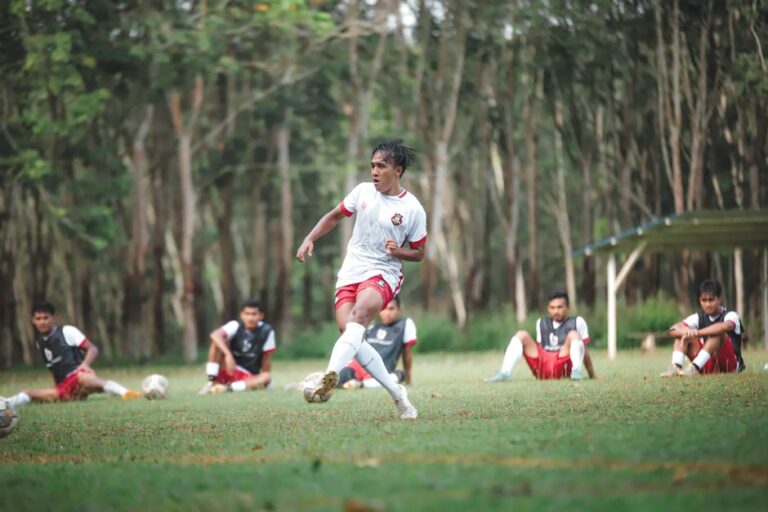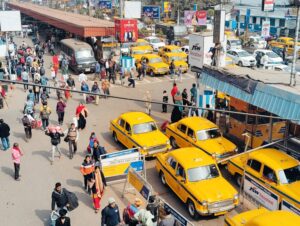Table of Contents
Hyderabad. Yeah, Hyderabad. You know, you step off the plane there, even in, what, November, and it just hits you. That dry heat. Like an oven door opening, that’s how I always describe it. I’ve been covering news long enough to see how much that city, how much its very bones, respond to the sky. It ain’t just a number on a weather app, not there. It’s life.
When folks ask me about hyd weather, what I always tell ’em is, you gotta understand the rhythms. It’s not some gentle four-season dance like back home in, say, Virginia. This place, it’s got two main acts, maybe three if you count that short, sweet window. Sweltering, then monsoon, then a bit of a breather. That’s your lot.
It affects everything, I mean everything. You see it in the way the buildings are put up, the clothes people wear, even the mood of the city. I remember one summer, must’ve been ’08, ’09, the AC in my hotel just packed up. I swore I could fry an egg on the floor tiles. No joke. Just plain brutal.
Hyderabad’s Scorching Summer Reality
You talk about summer in Hyderabad, you’re talking about March, April, May. Sometimes it bleeds into June, a real scorcher. I’ve seen the mercury push forty-five Celsius, easy. The asphalt shimmers. Cars, they just bake. Your hands stick to the steering wheel, you can bet your bottom dollar. The power grid, it groans. People, they stay indoors during the peak hours, makes sense. Streets empty out a bit, everyone hunkers down.
Businesses, they gotta think about this. Not just the big boys, I mean everyone. Think about your local chai wallah. How many cups of hot tea is he selling at two in the afternoon when it’s forty degrees out? Not many. He’s pushing cold drinks, I promise you. The guys doing deliveries, they start early, or they wait till evening. That’s just smart. Nobody wants to be out there in that kind of heat. It’s enough to make a bloke from Newcastle faint, you know?
The Annual Monsoon Drama
Then, like a switch flips, the monsoon hits. And when it hits, boy, it hits. Late June, maybe July, sometimes August. That’s when the clouds finally crack open. You get these sudden, biblical downpours. Roads turn into rivers in minutes. Drains, they just can’t keep up, never could. I’ve seen cars stalled in water up to their windows, seen it with my own eyes. Just floating there. What a mess.
It’s a love-hate thing, the monsoon. Everyone prays for it, needs it, especially the farmers out in the villages. But in the city, it’s a pain in the neck. Traffic goes from bad to absolutely gridlocked. I remember trying to get from Banjara Hills to Jubilee Hills one time during a proper deluge, took me two hours. Two hours for what’s usually a fifteen-minute drive. Utter madness.
And then there’s the humidity. Sticky, heavy. Like breathing soup. The kind that makes your clothes feel like they’re glued to you. Doesn’t matter if it’s raining or not, that damp air just hangs there. You shower, five minutes later, you’re sweating again. Crazy, right?
Monsoon’s Impact on Construction and Infrastructure
Construction, it takes a real hit during the rains. Big players, the kind that shape the city’s skyline, they factor this in. You see companies like NCC Limited, they’re always planning around the monsoon. Heavy machinery gets bogged down. Laborers, they can’t work in that kind of muck. Project timelines, they stretch out. Delays, they cost money.
Same goes for roadwork. The Hyderabad Metropolitan development Authority (HMDA) has its hands full, I tell you. Potholes appear overnight, like magic. The ground softens, things shift. It’s a constant battle with the elements. You fix one patch, another one crumbles. It’s a never-ending story. Folks sometimes ask, Does Hyderabad get cyclones? Well, direct hits are rare, thank goodness. We’re inland. But the Bay of Bengal ain’t that far off. Those depressions, they can bring in a heck of a lot of rain. Enough to cause major flooding sometimes. Not a direct cyclone, but the effects? Close enough to wreck your day.
Forecasting the Unpredictable
Now, forecasting hyd weather? That’s a whole other ball game. The India Meteorological Department (IMD) does its best, puts out advisories. But local conditions, they can be a real wildcard. One part of the city can be getting drenched, another can be bone dry. It’s just how it is. You gotta keep an eye on the local news channels, some of them have pretty decent local forecasts.
I believe relying on one source is foolish. You check a few. You talk to the taxi drivers, they know. My experience, those fellas got a better handle on localized micro-climates than half the meteorologists with their fancy models. What’s interesting is, even with all the tech, it’s still an art, isn’t it? Trying to predict something as unruly as Mother Nature.
The “Winter” That Isn’t Really
After the monsoon finally pulls back, usually October, November, then you get your “winter.” I put that in quotes, always do, because it ain’t winter like I know it. No snow, obviously. No real chill that bites your ears. Maybe for a few weeks in December and January, it gets a bit cool. You can wear a light jacket, maybe a jumper in the mornings. It’s pleasant. Truly. Like a warm hug after all that heat and humidity.
This is when the city truly comes alive, you ask me. This is when the tourists roll in. If someone asks me, What are the best months to visit based on weather? I always say late October through early February. Absolutely beautiful. Not too hot, not too sticky. You can actually walk around without feeling like you’re melting.
Agriculture’s Lifeline: The Rains
The farming communities, out beyond the city sprawl, they live and die by the monsoon. The Telangana State Cooperative Apex Bank provides loans, sure, but a bad monsoon? That’s disaster for a lot of families. I mean, they’re depending on those rains for their crops. Rice, cotton, all that. If it fails, they’re in deep trouble. And if it comes too much, too fast, that’s also trouble. Flooding. Crop damage. There’s no winning sometimes.
I remember one farmer telling me, “Sahib, the sky, it is our master.” Simple truth, that. No big, fancy explanation needed. They watch the clouds like hawks. They know the subtle signs of a coming downpour. That’s ancestral knowledge, passed down. More reliable than any phone app, probably.
Business Adapting to Hyd Weather’s Whims
Companies like My Home Group, building all these residential towers, they’ve got to think long-term about hyd weather. Drainage systems, heat-resistant materials, emergency power for when the grid inevitably falters in summer. It’s not just about aesthetics, it’s about making a structure stand up to the local environment. You can’t just build something meant for, say, Bangalore and expect it to hold up exactly the same here. Different beast entirely.
Or even the service industry. Restaurants, cafes. They notice the foot traffic drop in the midday heat. They push delivery services more. They invest in better air conditioning. It’s a cost, sure, but it’s a necessary one. You want people to stick around, you gotta make them comfortable. That’s just basic common sense.
You know, How hot does it get in summer? People ask that like it’s a number. It’s more than a number. It’s a feeling. It’s the way the air feels heavy, like a blanket. It’s the way everything slows down. It’s the smell of dust and dry earth. It’s the sound of the air conditioners humming, straining. And then, it’s the roar of the first monsoon shower, washing it all away, for a bit anyway. Then the stickiness starts.
The Monsoon’s Relief and Its Challenges
When is the monsoon in Hyderabad? Usually kicks off mid-to-late June, runs through September. Sometimes it lingers. Sometimes it plays hide and seek. You never quite know. It’s not a set date on a calendar, more of a general period.
And what about the impact of weather on local businesses? Think about the tourist guides, the street vendors. They rely on people being out and about. In the peak of summer, or during a heavy downpour, their income takes a dive. It’s not just the big corporations that feel it. It’s the small guy, the everyday worker, who really feels the pinch of that hyd weather.
I believe this city, it’s got a resilience forged by that climate. It’s learned to live with the extremes. It complains, sure, everyone complains about the heat, the traffic in the rain, but it just keeps going. That’s the real story of Hyderabad and its weather, if you ask me. It adapts. People adapt. Always do. Always will.












